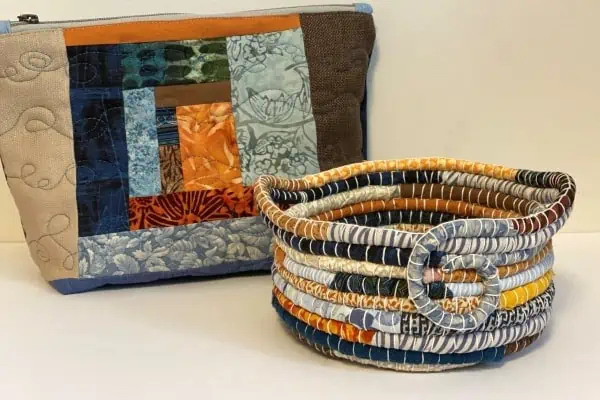It’s an object within the art world that’s often overlooked.
To a degree it’s meant to be that way, to avoid steering attention away from what it surrounds, while keeping it safe and sound. But without it, the ultimate visage of the artwork is altered.
It’s the frame.
For custom framer Steve Brewis, framing is an art form all on its own.
“Historically, a lot of frames were often designed in conjunction with the artists, the original artists. And often a framer would construct the frame, do the carving, any of the work that had to be done,” he explains.
“It would go back to the artist and the artist would finish it off with their own colours to complement and work with the art.”
Initially Brewis’ medium of choice was photography, but his interest in framework was never too far behind.
“To me, the artwork itself is important, but the final presentation of it was always really key for me,” he says.
Then a late night phone call in December 2007 changed everything. Friends told him a local framing business was closing up shop – and the equipment was up for bids. Suddenly the Porter Creek resident was the newest custom framer open for business.
“We bought the equipment and thought, ‘OK, maybe we’ll store it for awhile just until we get our plans finalized.’ And then a couple weeks later we set it up thinking we could get used to the machinery and really it mushroomed from there,” he explains.
Now Brewis owns and operates Northern Frameworks out of his home in Whitehorse. His basement is filled with large worktables, while the walls are brimming with mouldings in all shapes, sizes, textures, materials and colours.
And business is already booming, which is evident from the steady stream of phone calls that routinely disrupt our conversation.
While Brewis regularly designs for private clients, he’s also worked with local artists. He did the framing for Joseph Tisiga and Morgan Whibley’s shows at the Yukon Art Centre Community Gallery, Valerie Salez’s October showing at KIAC in Dawson and for the Yukon Government’s permanent collection show, Thirteen, earlier this year.
“The framing is there to focus you in on the artwork. If you do a good job with the framing it should complement the artwork well, but not be a focal point,” Brewis says.
“You should be able to look at it and think, ‘Wow, that looks amazing on the wall’, but it should look amazing as a complete package.”
Brewis doesn’t negate that his framework is very much an art form. But, whether working with a personal client or an artist, he sees it as a collaboration of sorts.
“You’re trying to help somebody else create their final vision of their art,” he explains.
“Especially for original artwork, it’s a really personal choice when people buy artwork. And that piece is going to hang on the wall for years and so the design of the final look of the piece is a really personal choice as well.”
A few years ago Brewis attended courses at the Canadian Picture Framers School in Langley, B.C. and he says it opened his eyes to the tiny, yet crucial details.
“For me the matting, the actual presentation of the work around the frame, that presents the biggest challenge,” Brewis says.
“You can turn a piece of work from looking like a beautiful, classic piece of art into some kind of Technicolor cartoon if you’re not careful with the colour choices you work with.”
It’s easy to tell it is a passion for Brewis. He’s currently building a studio on his property to expand the business.
And while some might never contemplate the importance of a frame, Brewis just sees that as part of the art.
“A lot of your job as a framer is to be a teacher and educator as well. People will come in and say, ‘I just need to do this with a metal frame’ but when you actually stop and say, ‘Look, how about we try something like this with it?’ And all of a sudden they’ll see the artwork and it just blows them away what you can do with it.”
PHOTO: RICK MASSIE [email protected]




